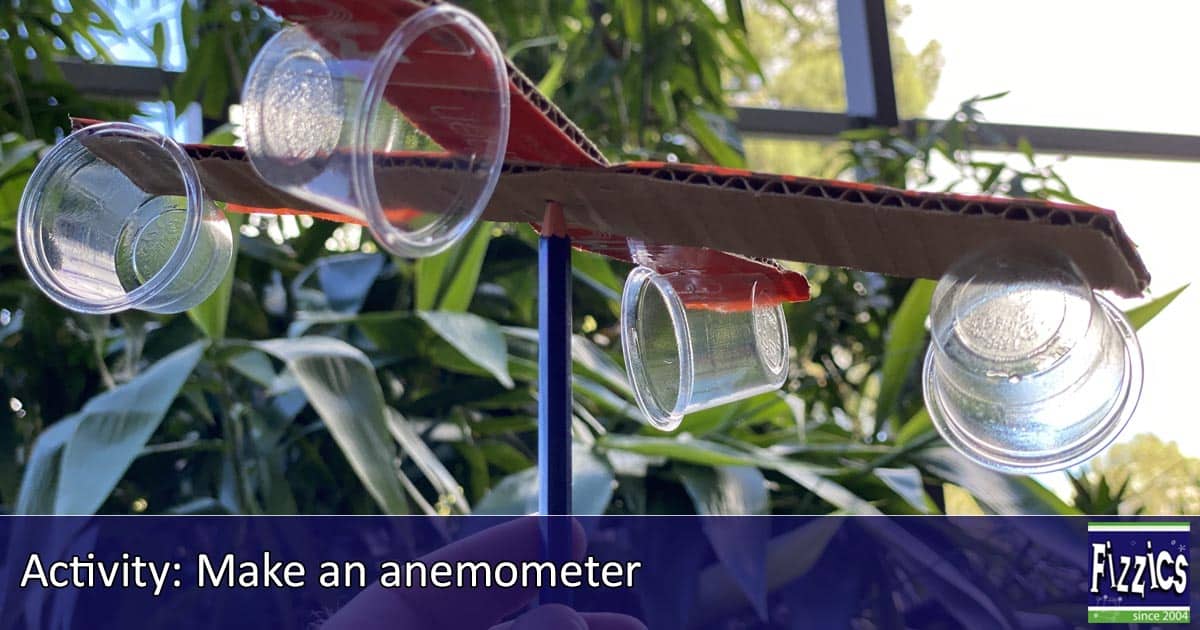Anemometer Innovations: The Most Up To Date Innovation for Wind Speed Measurement
Anemometer Innovations: The Most Up To Date Innovation for Wind Speed Measurement
Blog Article
Checking Out the Features and Advantages of Anemometers for Weather Condition Fanatics and Specialists
Anemometers stand as crucial devices in the world of climate tracking, accommodating both lovers and experienced experts alike. These devices offer a window right into the vibrant world of wind patterns and speeds, offering vital information for meteorological analysis and forecasting. From mug anemometers to sonic anemometers, each kind brings its one-of-a-kind set of applications and benefits, clarifying various aspects of weather. As we look into the features and benefits of anemometers, a deeper understanding arises not only of prevailing climate sensations but also of the more comprehensive ramifications for industries like wind energy manufacturing and environmental research study.
Value of Anemometers in Weather Surveillance
Anemometers play an essential function in weather monitoring by offering precise dimensions of wind speed, helping in forecasting and understanding weather condition patterns. These tools, varying from typical mug anemometers to modern-day ultrasonic anemometers, are essential for meteorologists, researchers, and weather enthusiasts alike.

Sorts Of Anemometers and Their Applications
With the crucial role anemometers play in climate surveillance and projecting, comprehending the different types of these tools and their applications ends up being vital for experts and enthusiasts in the area. One of the most usual types of anemometers include mug anemometers, vane anemometers, hot-wire anemometers, and ultrasonic anemometers. Cup anemometers contain 3 or four cups placed on horizontal arms that rotate with the wind, gauging its rate. Vane anemometers, on the other hand, make use of an easily rotating vane to straighten with the wind direction, providing both wind rate and direction measurements. Hot-wire anemometers run based upon the principle of convective warmth transfer, where the cooling impact of the air flow is gauged to establish wind speed. Ultrasonic anemometers use ultrasonic acoustic wave to calculate wind rate and direction properly.
Each kind of anemometer has its one-of-a-kind advantages and applications. Mug anemometers are durable and appropriate for general weather surveillance, while vane anemometers are favored for directional dimensions. Hot-wire anemometers are sensitive to low air velocities, making them excellent for interior settings. Ultrasonic anemometers are non-intrusive and use high precision, typically used in study and specialized weather condition surveillance applications. Recognizing the features and applications of each kind of anemometer is important for picking the most ideal instrument for particular climate keeping track of demands.
Benefits of Using Anemometers in Forecasting
In weather forecasting, the utilization of anemometers uses indispensable advantages for boosting the precision of weather condition forecasting. Anemometers gauge wind speed and direction, offering vital data for forecasting climate patterns. By integrating wind data into projecting designs, meteorologists can better understand the activity of climate systems, prepare for modifications in weather, and issue more specific projections.
In addition, anemometers play an go to this site essential role in evaluating potential weather dangers. Monitoring wind rates assists forecasters anticipate extreme climate occasions such as hurricanes, tornadoes, and winter storms with greater accuracy. This early caution system allows authorities to release timely alerts and apply required safety and security procedures, decreasing the threats to life and residential or commercial property.
In addition, anemometers help in maximizing sustainable power production. By assessing wind patterns, meteorologists can determine ideal locations for wind ranches and predict power output, adding to the effective generation of wind power.

Anemometers in Wind Power Manufacturing
Offered the vital duty anemometers play in providing accurate wind data for climate projecting and hazard evaluation, their value extends to the realm of wind power manufacturing. Anemometers are essential instruments in the field of wind energy, where the dimension of wind rate and instructions is essential for establishing the feasibility and efficiency of wind turbine installments. By properly gauging wind rates at varying heights, anemometers assist maximize the placement and design of wind turbines to optimize power outcome.
In wind farms, anemometers are purposefully positioned to collect real-time wind data that is used to examine the possible power production of a website. This information contributes in determining the financial feasibility of wind energy projects and in forecasting power generation to ensure grid security. In addition, anemometers help in monitoring wind problems to enhance wind turbine performance, prevent damages from high winds, and make sure the security of personnel working in the location of wind generators.
Enhancing Weather Condition Understanding With Anemometers

Anemometers play a key role in boosting our understanding of this hyperlink microclimates. These local climate condition can differ substantially from wider local forecasts, making it necessary to have precise information for certain areas. anemometer. By tactically placing anemometers in different locations, researchers can collect detailed information on how wind behaves in different surfaces, city atmospheres, or bodies of water
Additionally, anemometers add to enhancing weather condition forecasting models by offering real-time data on wind behavior. This information is especially important for predicting severe climate occasions, enhancing farming methods, and supporting industries like aviation and maritime navigation. In general, anemometers are vital instruments that enable us to dive much deeper into the complexities of weather systems, inevitably leading to even more better-informed choices and precise predictions.
Final Thought
In final thought, anemometers play an essential function in climate surveillance and forecasting by determining wind rate and instructions. Anemometers also have applications in wind power production, additional highlighting their relevance in both weather forecasting and renewable energy fields.
From cup anemometers to sonic anemometers, browse around here each type brings its special set of applications and advantages, shedding light on various aspects of climatic problems. These tools, varying from traditional cup anemometers to modern ultrasonic anemometers, are necessary for meteorologists, scientists, and climate fanatics alike. The most usual kinds of anemometers consist of mug anemometers, vane anemometers, hot-wire anemometers, and ultrasonic anemometers. Mug anemometers are durable and appropriate for general weather condition tracking, while vane anemometers are favored for directional measurements. Anemometers are important instruments in the field of wind power, where the dimension of wind rate and direction is important for establishing the usefulness and performance of wind generator setups.
Report this page